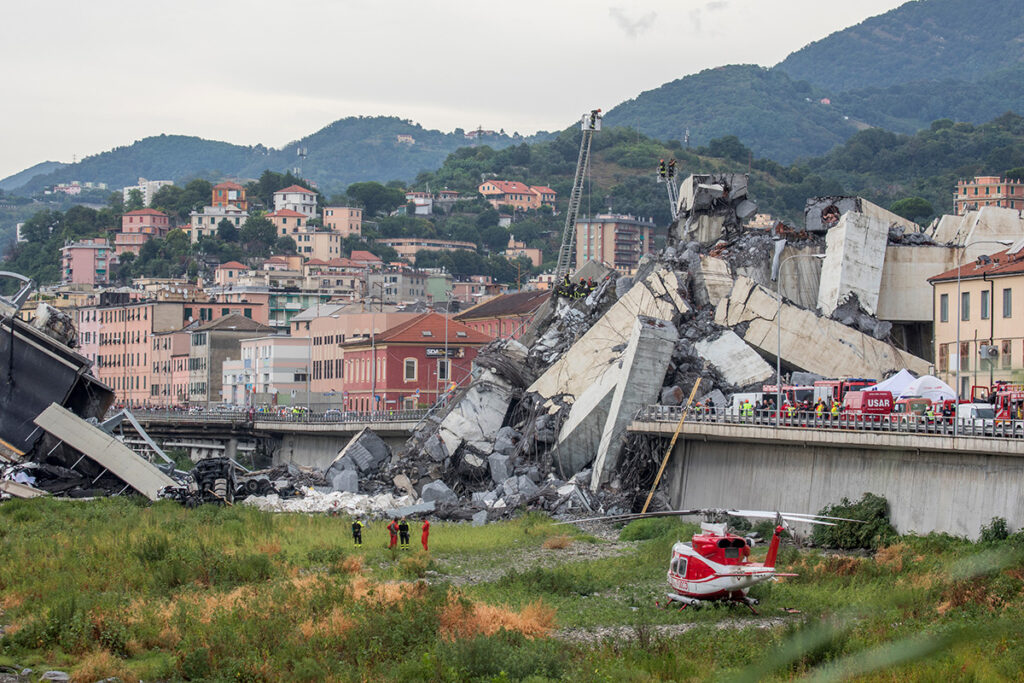
Structural damage refers to any type of impairment or failure that affects the integrity and stability of a large structure, such as a building, bridge, or dam. This damage can be caused by a variety of factors, including natural disasters, human error, and materials degradation.
Structural damage can manifest in multiple different ways, such as cracking, deformation, and failure of structural elements. For example, a crack in a concrete beam can indicate that the beam is experiencing excessive stress, or a deformation in a steel column can indicate that the column has become unstable.
It’s essential to identify and address structural damage as soon as possible to prevent further deterioration and ensure the safety and functionality of the structure. This is typically done through regular inspections, monitoring, and maintenance. In the event of structural damage, a structural engineer will evaluate the extent and severity of the damage and recommend appropriate repair or replacement options.
Identifying structural damage early can help to mitigate further damage before drastic measures needs to be taken. Structural health monitoring can also help determine the rate of escalating damage when damage is found to determine if the problem is rapidly becoming more serious and action need to be taken or the found damage is old and stable.
Bridge structural damage:
Below are listed some of the most common forms damage may incur in bridges:
- Scouring: This occurs when the water flow around the bridge piers erodes the riverbed and the soil supporting the bridge foundations.
- Fatigue cracking: This occurs due to cyclic loads from traffic, wind, or temperature changes. It can happen on steel or concrete bridges.
- Corrosion: This occurs when the steel or other metal components of the bridge are exposed to the elements and begin to deteriorate.
- Impact damage: This can occur when a bridge is struck by a vessel, vehicle or other object.
- Settlement: This occurs when the bridge foundation or abutment sinks or settles due to soil consolidation or other factors
- Subsidence: This occurs when the soil beneath the bridge foundation sinks or collapses.
- Fire damage: This can occur when the bridge is exposed to fire, either from an accident or arson.
- Flooding: This can occur when a bridge is submerged in water due to high water levels or heavy rainfall.
- Earthquake damage: This can occur when a bridge is exposed to seismic activity.
- Overload: This can occur when the bridge is exposed to loads that exceed its design capacity.

